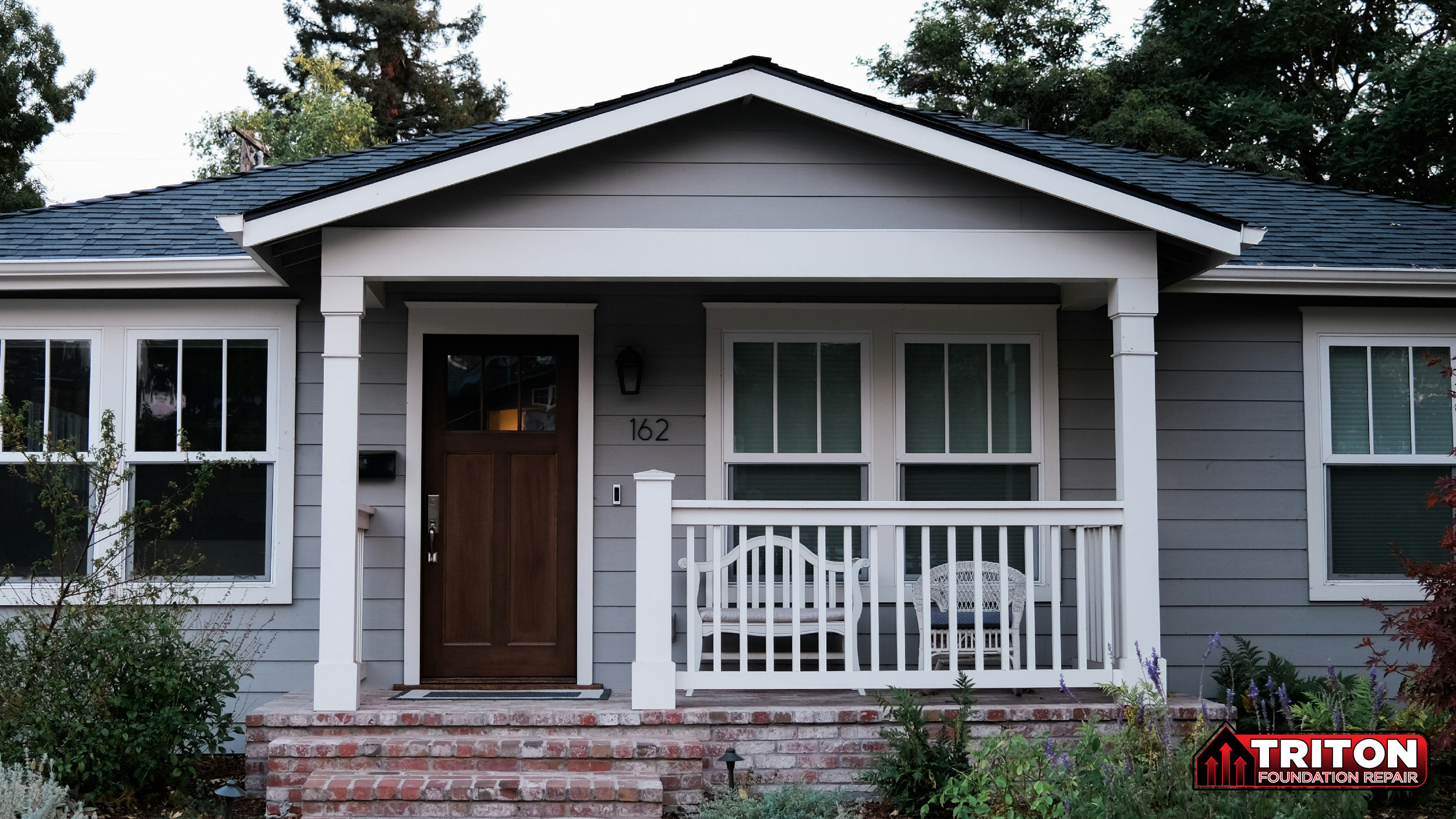The Pros of Using Steel Piers For Your Foundation

The soil under your home will likely shift over time, so it makes sense that your foundation will tend to settle with it. Settling is normal but can threaten your foundation’s stability if your home begins to show signs of damage. Luckily, an expert can install foundation piers to provide support and prevent further damage.
What Is Piering?
Piering is a solution used when repairing the foundation of a structure such as a home. Piers allow your home to be supported and lifted, even if the soil below has shifted. Steel piers are a widely preferred option for this repair method since they hold several advantages over their alternative.
Why Are Steel Piers the Professional Choice?
Steel piers are the best foundation repair option for many reasons. Their benefits make it easy to see why structural engineers choose them over concrete.
Strength and Longevity
They are a more permanent solution since they have a less than 1% failure rate. Steel is an incredibly strong metal, allowing it to support much more weight than concrete. This strength means that steel piers can easily support your foundation indefinitely.
Depth and Stability
They can also be installed up to 10 times deeper than concrete, allowing them to reach harder soil. Deeper piers mean more stability overall, resulting in less shifting and settling.
Ease of Installation
Steel piers are quick and easy to install compared to concrete. This installation can take less than a day from start to finish with the help of hydraulics.
Is Concrete a Good Alternative?
While steel piers have many advantages, there is another option. You might be interested in concrete piers instead.
The lower cost of concrete pilings may be appealing, but due to their high tendency for failure these initial savings can turn into higher costs down the road. Concrete pilings are usually installed in less time than steel piers because of the limited depth and materials needed.
In Oklahoma, it’s common for concrete pilings to fail in less than 7–10 years which is why reputable foundation repair companies only offer up to a 5-year warranty on them.
Signs You Should Get Your Foundation Checked
Piering will lift and stabilize an uneven foundation, but how do you know if you need repairs in the first place? There are a few ways to identify some common issues before they worsen.
Wall or Foundation Cracks
The most obvious sign of foundation failure is seen in cracks along your walls or foundation. This type of damage doesn’t always require immediate repair, but you should get your home looked at if the damage to your exterior is long and zigzagged.
Interior walls can also show signs of foundation damage, such as diagonal cracks around doors and windows. This problem usually becomes more concerning the more you see it throughout your home.
Cracked or Warped Floors
Foundational issues can also damage your floors. If your floors have cracks, there is likely a problem with soil shifting under your foundation.
Warped floors typically point to water buildup in your crawl space, which could cause bigger issues down the line if you don’t have someone look at it.
Pro Tip: Check out our blog on keeping up with your crawl space for maintenance tips and more signs of crawl space damage.
Sticky Doors and Windows
Something that may not be immediately recognizable as a sign of more significant damage is doors and windows sticking when they are opened or closed. If you notice multiple instances of this around your home, it could mean your home is starting to slope on one side. Sticky doors and windows combined with the interior cracks mentioned earlier directly address a larger problem.
Think Your Foundation Needs Help?
If any of these issues are causing you concern, getting an expert’s opinion is always a good idea to put your mind at ease. With a free evaluation, we can determine the extent of the damage and follow up with the repairs needed to get your home back in perfect shape.
